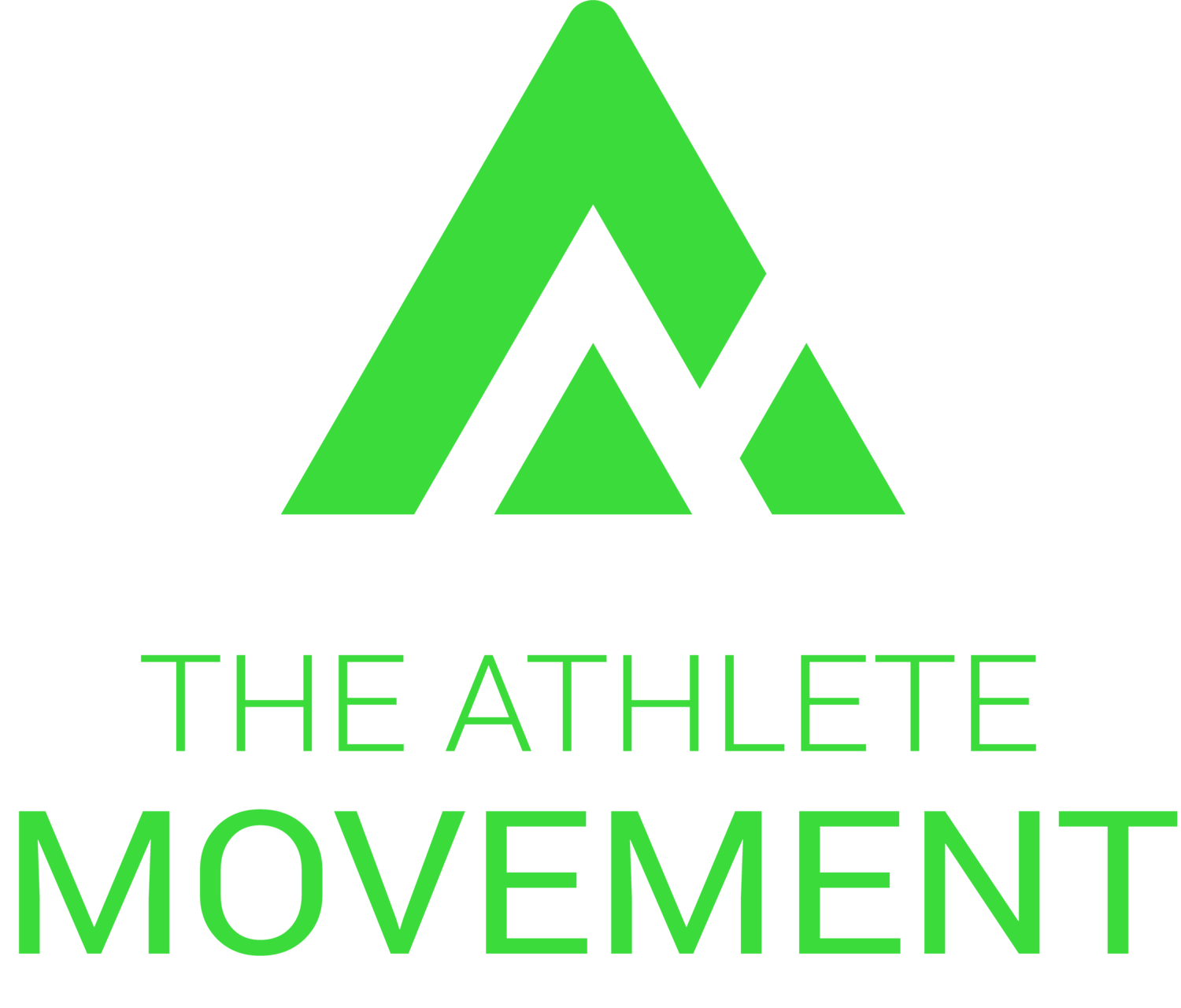The kettlebell swing: A fundamental movement pattern that often gets mistaken for the wrong movement pattern.
Are you hip hinging or just squatting? There is a difference!
In order to perform a kettlebell swing this requires the individual to have a safe and efficient hip hinge. The hip hinge is of great importance to any athlete. It loads the athletes' hips (glutes and hamstrings), putting them in an optimal position to absorb impact forces, cut, change direction, explode in multi-planar directions, and essentially go beast-mode. If an individual lacks this ability to hip hinge, more often than not their swing will result in several movement compensations, for example:
- Round the back and leak energy
- Alter the movement pattern from being hip dominant to knee dominant (squatting)
- Over-extend the lumbar spine and place unnecessary stress on the lower back / facet joints
- Lift the kb with the arms rather than snap the hips to drive the weight into the air
All of these compensations limit the athletes 'performance potential' during the lift but also increase the risk of injury . In the three videos below I explain how you can clean up your hip hinge pattern and swing, particularly if you find yourself struggling with excessive knee bend (squatting).
1) Learn the basic hip hinge to wall (pre-requisite):
2) Tweak your set-up for a better swing:
3) Provide external feedback with a hurdle:
When you swing next: aim to master your basic hip hinge and avoid these common movement compensations. If you do compensate – try using a hurdle (or equivalent) for external feedback to help correct positioning. A heads up when using a hurdle - you won't get too many swings in if you have a faulty hip hinge! Thanks for reading, now go and chase that explosive hip hinge!
Join the movement!

